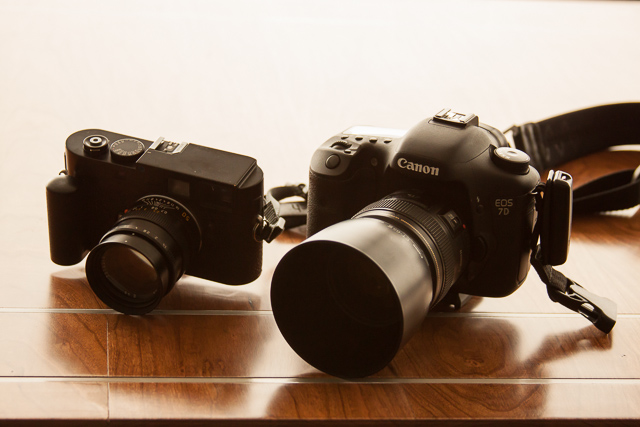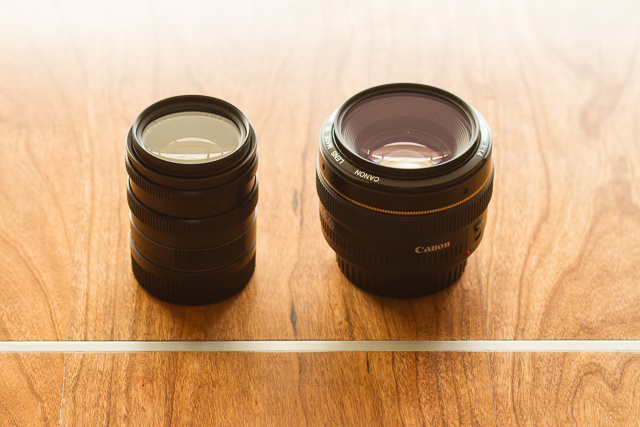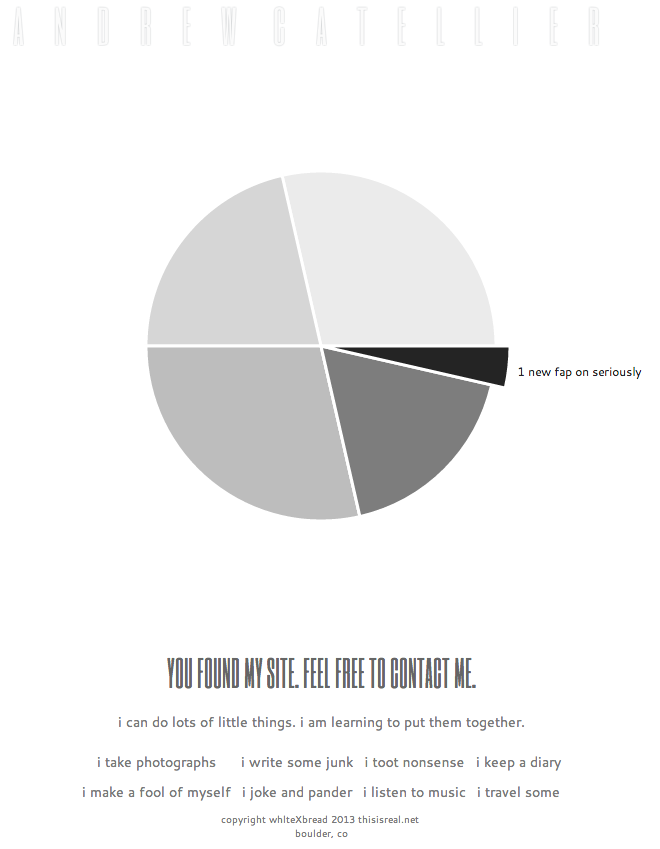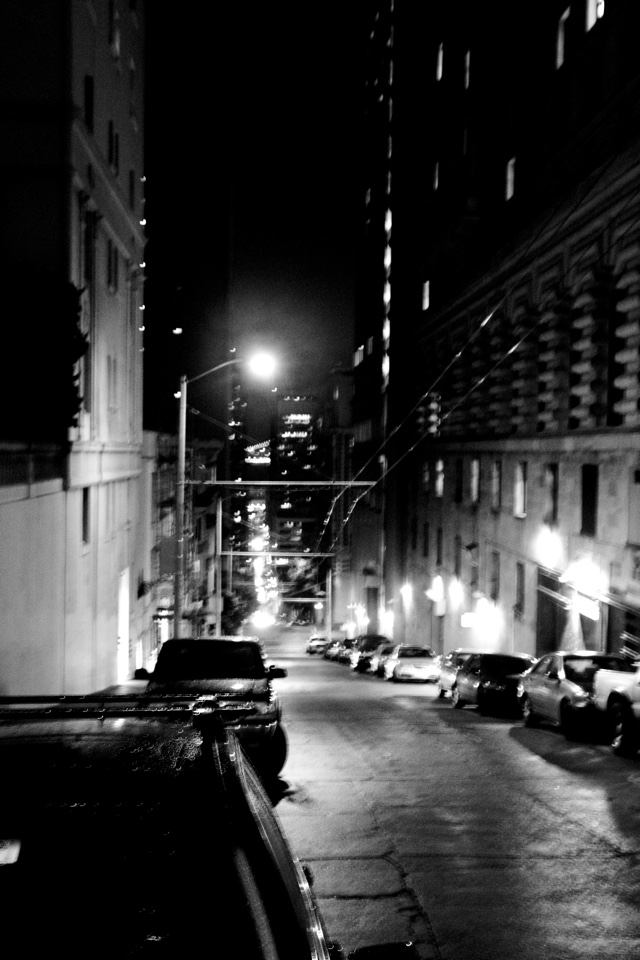Marco Arment is a person who wrote about renting a Leica M9 and a 35mm lens, determined to find out what all the excitement was about, because:
Most fans describe Leica’s benefits in vague, unverifiable terms, much like a wine aficionado describing the taste of a $200 bottle of Pinot Noir.
Yes. Let’s get rid of all that arty, emotional nonsense and get down to brass tacks. Technical specifications should be the sole basis of every electronics purchase decision.
Every time I use the M9, I want to throw it out the window.
Okay then.
Still, I think there’s value in objectivity. There are talking points in the SLR/rangefinder partisan discussion, but let’s take a look at the specifications mentioned in Marco’s writeup.
It’s also just poorly suited to indoor use. The sensor is mediocre at high ISOs, especially compared to other full-frame sensors (even in 2009).
That’s the first verifiable term, save comments about price and explaining what a rangefinder is. I disagree that the sensor itself is poorly suited to indoor use (look at all the stunning photos of fleeting moments towards the bottom of this page), though the sensor’s performance certainly lags its competitors. I’ve been disappointed by the same trait, and my camera has an additional flaw where a discolored column of pixels shows up under low light, high ISO, and underexposure (visible on the right side of the third road cone from the left). Full-frame DSLRs would be able to outperform the M9 in this situation.
The closer the subject, the harder it is to frame the shot as intended. (This lens also can’t focus closer than 0.7 meters. By comparison, that Canon 35mm IS USM can focus to 0.24 meters.)
This is true, but is also a tautology. One tradeoff inherent in rangefinder cameras is that you aren’t looking directly through the lens (though the new Leica M has live view, which remedies this), so what you see in the viewfinder will never be exactly what is captured on the sensor. If the subject of your photo was closer than 0.7 meters, the viewfinder and the sensor would see different things indeed—so why design lenses to focus closer than that? Why not use that knowledge to free up one constraint in the lens design process? But, fair enough. If you need to take photos of things closer than two feet in front of you, a rangefinder is not the best tool for you.
But the M9 also has slow shutter response, a slow image processor, slow shot-to-shot time, poor battery life, and a small, low-resolution screen, even by 2009’s standards.
I can’t say I’ve noticed shutter lag on the camera (125 ms on the M9 vs. 73 ms on the 5D MKII), but the image processor is terribly slow. The shot-to-shot time is actually instant until you fill up the buffer, just like any camera, and if you’re constantly looking at the (awful, PenTile) screen the battery does drain quickly.
So what is the modern-day appeal with this old, poor-performing, too-simple brass hunk of antiquity?

Size.
The M9 is still the smallest interchangeable-lens full-frame digital camera. It’s not a lot lighter than a typical SLR (partially due to its tank-like construction), but the body takes up quite a bit less space. And then there’s the glass:

Not being able to see through the lens is worth not using internal camera space for a huge mirror to flop around inside the camera. I will pay that admittedly large premium for a body and a few choice lenses that fill only a third of a small camera bag. I will and I have, and it is worth every penny. If, in ten years, I decide that the system is no longer a good fit for my purposes, Leica bodies and glass have legendarily high resale value. The size advantage cannot be underestimated, especially when traveling.
Another specification that makes this camera inherently valuable is that there’s no autofocus.
When you’re pointing your camera at any given subject, every ray of light traveling through the glass is a product of chance. There’s an extraordinary amount of uncertainty in front of you. The camera should not be adding any additional uncertainty to the situation. A confused autofocus algorithm can be a nightmare.
Autofocus algorithms and sensors have come a long way in the past several years—a truly mediocre system on the 5D MKII gave way to really impressive systems on the 7D and 1Dx. Despite the huge improvement, I often find myself shooting in situations that choke the 7D’s autofocus system—like concerts, bars and alleys—but can be focused using a manual system easily. It’s pretty hard to compete with the human visual system.
I argue that knowledge of camera mechanics and sheer practice can increase the probability of properly manually focusing a camera to nearly 100%. If there’s enough light, stop down and set your focus range. If you’re at a concert, using a rangefinder, and a snap of the lead singer comes out fuzzy, you can make a slight focus ring adjustment and/or stop down a tiny bit to increase your chance of getting a better focused image.
If you’re using autofocus on a DSLR and the snap comes out fuzzy, you can try a great number of things:
- Specify the focus point
- Turn on object tracking
- Snap the photo as soon as you get an AF lock
- Get a solid focus and then turn AF off
- Hold a button that prevents the AF system from focusing after getting a solid focus
- Turn on continuous shooting mode and snap a series of photos
But there’s still a non-zero (and depending on the situation, significant) probability that the autofocus system will not lock onto the intended subject or will not lock onto any subject at all. In addition to that non-zero probability, there’s the complexity of the listed actions to consider. Experience operating the camera can be really helpful, but that’s an awful lot of interface and a lot of options to consider when you’re being thrown around in a mosh pit.
You can, of course, turn off autofocus mode on any given DSLR. However, most DSLRs don’t have a proper focusing plate, and that alone can make accurate manual focus nearly impossible. Further, DSLR lenses are not always designed with the possibility of manual focus in mind and some therefore have focus rings with an extremely small amount of travel. This means that small focus ring adjustments can have a very large effect on achieved focus distance.
This discussion has led us to another important point. Because rangefinders are often so much less complex than a DSLR, it’s easier to know if you’ll be able to get what you want out of the camera. If you can trust yourself to know everything about a camera’s operation, and you can trust yourself to frame and focus the shot to your satisfaction, that’s a winning combination. An analogy would be driving a manual transmission car—a good driver knows what gear the car needs to be using in order to perform a given maneuver. However, back in the camera world, there’s no way to invisibly and instantaneously communicate on which part of the frame the camera should focus. There may never be a way.
The size, simplicity, and achievable accuracy of the rangefinder camera system are a winning combination for me, despite the price. I understand that it’s a great system for me largely because I have a good deal of time and patience to devote to learning the system, and that DSLRs can make it trivial to capture great images. However, some of the design decisions inherent in DSLRs make them a little less than optimal for a small number of photographers. In my case, focus accuracy and speed in low-light situations trump sensor performance and feature set.
So there you have it: a reasoned, technical discussion of a case where rangefinder camera systems can be worth the price that Leica charges. However, I believe the assumption that camera purchasing decisions can be based solely the technical merit of any given camera is inherently flawed. Cameras are not light bulbs.





